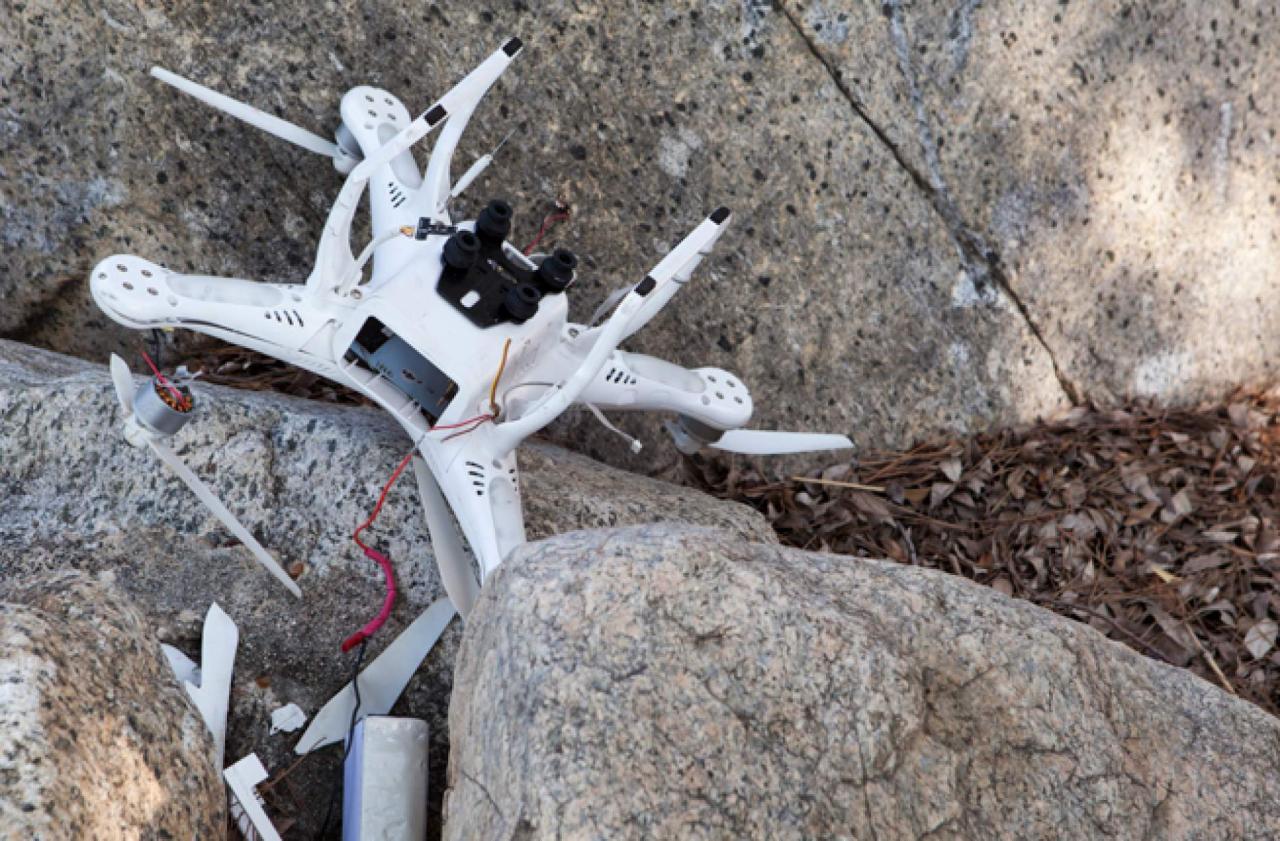Drone crash Paris: The seemingly futuristic world of drone technology has collided with the historic streets of Paris, resulting in a series of incidents that raise questions about safety, regulation, and the future of unmanned aerial vehicles in urban environments. This exploration delves into the recent drone crashes in the City of Lights, examining their causes, impacts, and the implications for the future.
We’ll investigate the technical malfunctions, human errors, and weather conditions that have contributed to these crashes, exploring the damage caused to infrastructure and the disruption to public life. Furthermore, we’ll analyze existing safety regulations, public perception, and the technological advancements that could prevent future incidents, ultimately aiming to paint a balanced picture of drone use in Paris – highlighting both the benefits and risks.
Recent Drone Incidents in Paris
Paris, like many major cities, has experienced a rise in drone-related incidents in recent years. These incidents, ranging from minor malfunctions to more serious crashes, highlight the challenges of integrating drone technology into a densely populated urban environment. This section details the circumstances, timeline, and impact of these events.
Recent Drone Crash Details
While precise details on all drone incidents in Paris aren’t publicly available for privacy and security reasons, several notable events have been reported. For example, in 2022, a drone malfunction near the Eiffel Tower resulted in minor damage to a nearby building. Another incident involved a drone collision with a low-flying helicopter during a filming operation, causing a temporary airspace closure.
Specific details about the types of drones involved (e.g., commercial, hobbyist) are often withheld in official reports, focusing instead on the incident’s impact and safety measures.
Timeline of Significant Drone Incidents
A comprehensive, publicly accessible timeline of
-all* drone incidents in Paris is difficult to compile due to data limitations. However, news reports and official statements suggest a gradual increase in incidents over the past five years, with a noticeable spike around major events or holidays. Specific dates and times are often omitted from public reports to prevent future similar incidents.
Drone Types and Crash Locations
The types of drones involved vary widely, from small consumer models to larger, more sophisticated commercial drones. Crash locations have spanned the city, including parks, residential areas, and even close proximity to iconic landmarks. The diversity in both drone type and location underscores the need for comprehensive regulations.
Causes of Drone Crashes in Paris: Drone Crash Paris
Drone crashes in Paris stem from a complex interplay of factors, ranging from technical malfunctions to human error and unpredictable weather conditions. Understanding these causes is crucial for developing effective safety measures.
Technical Malfunctions
Technical malfunctions, such as battery failures, motor issues, or GPS signal loss, can contribute significantly to drone crashes. The age and maintenance of the drone, along with the quality of its components, play a role. Older drones or those lacking proper maintenance are more susceptible to such failures.
Human Error
Pilot error, including improper operation, lack of training, or disregard for safety regulations, frequently leads to accidents. Inexperienced pilots may misjudge wind conditions or fail to maintain proper control, resulting in crashes. Poor judgment in choosing flight paths or exceeding operational limits also contributes to incidents.
Weather Conditions
Paris’s variable weather conditions, including strong winds, rain, and fog, can severely impact drone flight stability. Strong winds can easily push a drone off course, while rain or fog can reduce visibility and impair GPS signals. These factors often exacerbate technical malfunctions or human errors, leading to more serious incidents.
Comparative Analysis of Contributing Factors
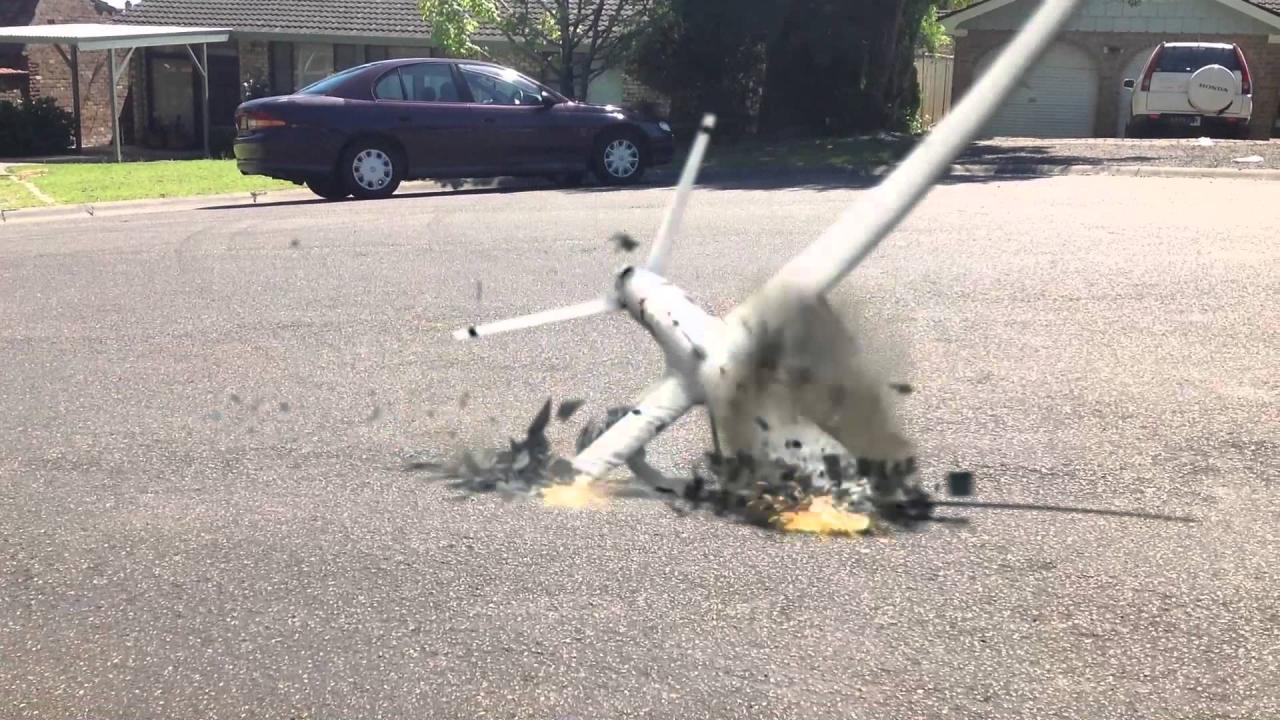
While technical malfunctions, human error, and weather all contribute to drone crashes, the relative importance of each factor varies depending on the specific incident. In some cases, a single factor may be dominant, while in others, a combination of factors may be at play. Data analysis of past incidents is crucial for identifying trends and prioritizing safety improvements.
Impact of Drone Crashes on Parisian Infrastructure
Drone crashes, while not always resulting in significant damage, can have a range of impacts on Parisian infrastructure, from minor property damage to disruptions of public services. The following table summarizes these impacts.
Impact on Parisian Infrastructure, Drone crash paris
| Damage Type | Examples | Frequency | Economic Impact |
|---|---|---|---|
| Building Damage | Minor damage to roofs, windows, or facades | Occasional | Variable, depending on the extent of the damage |
| Disruption to Public Services | Temporary airspace closures, delays in emergency services | Occasional | Indirect costs associated with delays and service interruptions |
| Transportation Disruption | Delays or cancellations of flights or other transportation modes | Rare | Significant economic losses in cases of major disruptions |
| Environmental Impact | Potential damage to trees or other vegetation | Occasional | Relatively low, unless significant damage occurs |
Safety Regulations and Drone Usage in Paris
Paris, like other major cities, has implemented regulations to govern drone usage. These regulations aim to balance the benefits of drone technology with the need to ensure public safety. This section examines the effectiveness of these regulations and suggests potential improvements.
Current Drone Regulations
Parisian drone regulations typically cover aspects such as drone registration, pilot certification, flight restrictions (e.g., near airports or sensitive areas), and operational limits (e.g., altitude, distance). These regulations are generally similar to those in other European cities, focusing on safety and responsible drone operation. However, enforcement varies.
Comparison with Other Cities
Compared to other major cities globally, Paris’s drone regulations are relatively stringent but consistent with EU-wide standards. Cities like New York or London have similar regulations, focusing on pilot licensing and flight restrictions. However, enforcement mechanisms and penalties differ across jurisdictions.
Effectiveness of Safety Measures
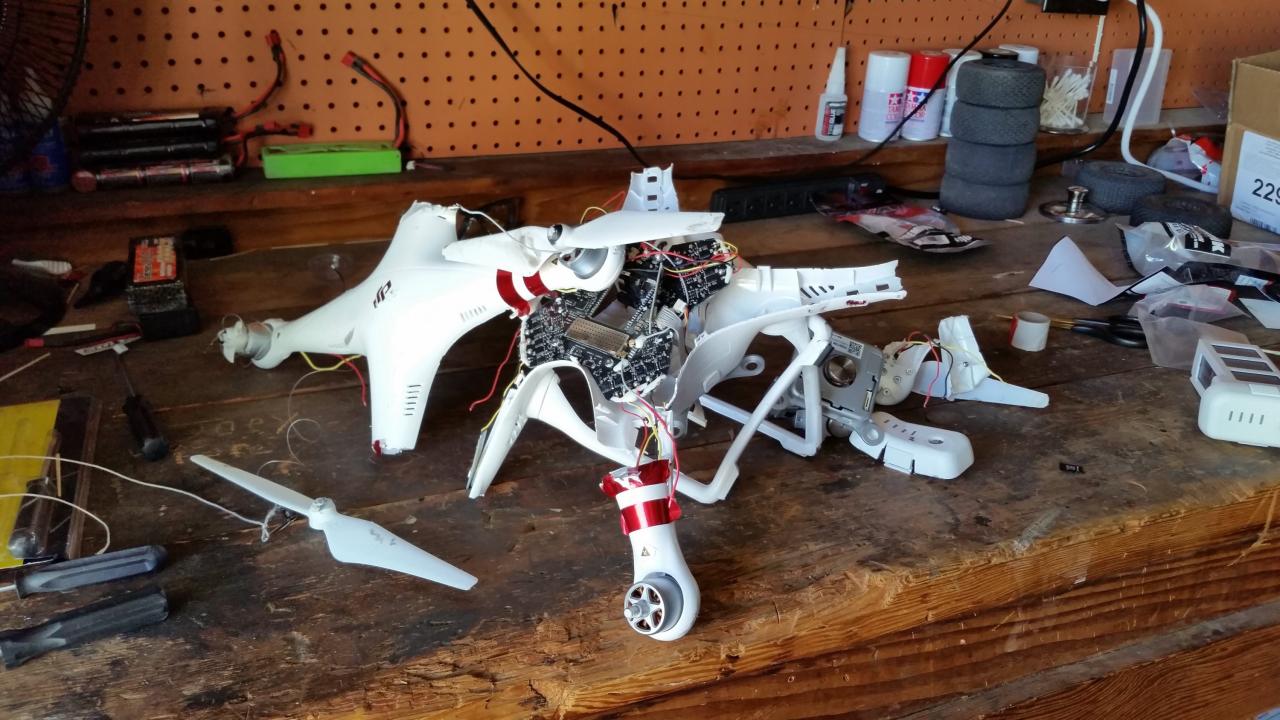
The effectiveness of current safety measures in Paris is a subject of ongoing debate. While regulations are in place, enforcement remains a challenge, particularly for smaller, hobbyist drones. Public awareness and responsible drone usage are also crucial factors influencing overall safety.
Potential Improvement to Regulations
One potential improvement would be the implementation of a more robust drone identification system, perhaps using technology like radio frequency identification (RFID) tags, to improve traceability and accountability in case of accidents or misuse. This system could be integrated with existing flight restriction zones.
Public Perception and Media Coverage
Media coverage and public perception of drone crashes in Paris significantly influence public trust in this technology. This section explores these aspects.
Media Portrayal of Drone Crashes
Media coverage of drone crashes in Paris has generally been balanced, highlighting both the risks and benefits of drone technology. However, incidents near iconic landmarks or involving significant damage tend to receive more attention, potentially fueling public concern.
Public Reaction to Incidents
Public reaction to drone crashes varies. While some express concern about safety and potential risks, others recognize the benefits of drones in various sectors. Overall, public opinion is likely shaped by the specific circumstances of each incident and the level of media coverage.
Impact on Public Trust
While drone incidents can erode public trust, the overall impact is likely dependent on the authorities’ response to the incidents and the effectiveness of safety measures. Transparent communication and proactive steps to address safety concerns can help maintain public confidence.
Summary of Public Sentiment
- Concern over safety and potential risks.
- Recognition of the benefits of drones in various sectors.
- Desire for stricter regulations and improved enforcement.
- Mixed opinions, influenced by media portrayal and specific incident details.
Technological Advancements and Future Implications
Technological advancements are continuously improving drone safety. This section explores these advancements and their potential to prevent future crashes.
Drone Safety Features and Technologies
Recent advancements include improved GPS systems, obstacle avoidance sensors, automatic return-to-home functions, and fail-safe mechanisms. These features enhance drone stability and reduce the likelihood of crashes caused by technical malfunctions or pilot error. Battery technology improvements also enhance flight time and reliability.
That drone crash in Paris really got people talking about airspace safety regulations, huh? It made me think about the impact on companies involved in drone technology, like those whose stock you might want to track, such as ses stock. Understanding the market reaction to such incidents is crucial for investors. The Paris drone crash highlights the unpredictable nature of the drone industry and its effect on related businesses.
Preventing Future Crashes
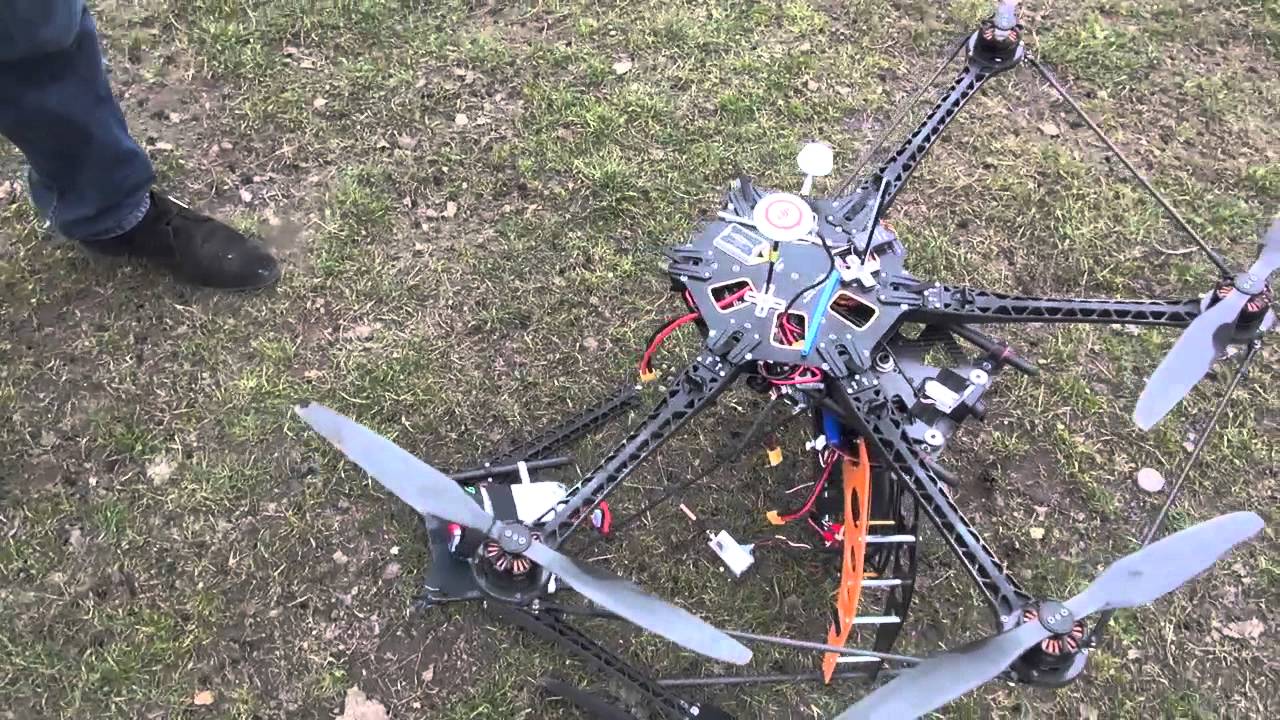
These advancements, when combined with stricter regulations and increased pilot training, have the potential to significantly reduce the frequency of drone crashes. For instance, widespread adoption of obstacle avoidance systems could prevent many collisions with buildings or other obstacles.
Hypothetical Future Drone Safety System
A hypothetical future drone safety system might incorporate AI-powered flight control, real-time airspace monitoring, and automated conflict resolution. This system could dynamically adjust flight paths to avoid obstacles and other drones, ensuring safe and efficient operation even in densely populated areas. Such a system would require significant investment in infrastructure and technology.
Visual Representation of an Advanced Drone Safety System
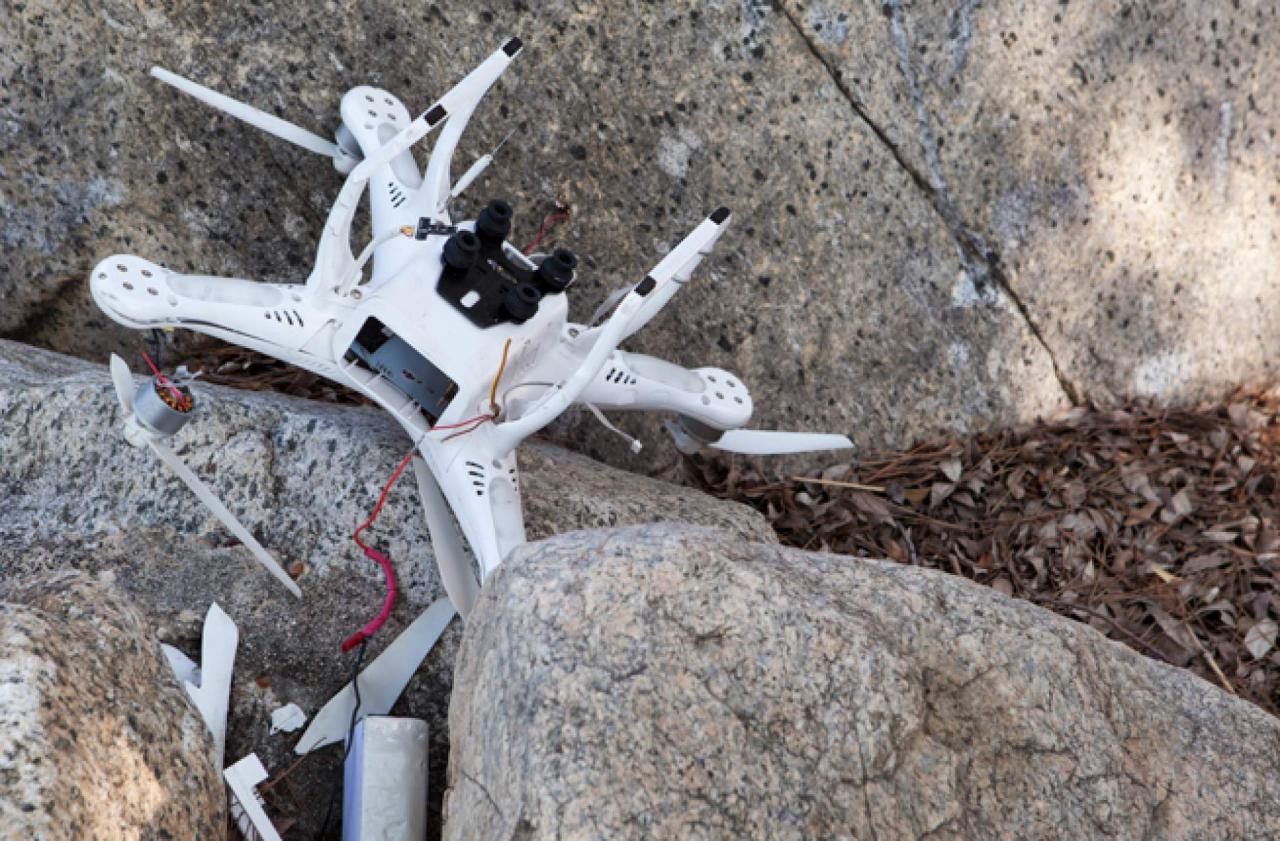
Imagine a network of interconnected sensors and communication systems covering the Parisian airspace. This network constantly monitors drone locations, weather conditions, and potential hazards. Each drone is equipped with advanced sensors and AI-powered flight control, allowing for autonomous navigation and obstacle avoidance. The system continuously analyzes data and adjusts flight paths in real-time, preventing collisions and ensuring safe operation.
That whole drone crash in Paris got everyone talking about safety, right? But hey, if you’re looking for a reliable drone, maybe check out some sweet deals on high-quality models at drone deals before you even think about flying near the Eiffel Tower. Remember, responsible drone use is key to avoiding another Paris incident.
Drone Use in Paris: Benefits and Risks
Drones offer numerous benefits but also pose significant risks. This section presents a balanced perspective on the future of drones in Paris.
Beneficial Uses of Drones
Drones are increasingly used in Paris for various purposes, including delivery services (especially for restaurants and pharmacies), infrastructure inspection (bridges, buildings), surveillance (security, traffic management), and filming/photography.
Potential Risks of Increased Drone Usage
Increased drone usage raises concerns about safety, privacy, and security. Accidents, data breaches, and malicious use (e.g., smuggling, attacks) are potential risks. The potential for interference with other air traffic, especially helicopters and airplanes, also requires careful consideration.
Comparison of Benefits and Risks
| Benefits | Risks |
|---|---|
| Improved efficiency in delivery and inspection services | Potential for accidents and property damage |
| Enhanced surveillance and security capabilities | Privacy concerns related to data collection and surveillance |
| Cost-effective solutions for various tasks | Security risks associated with malicious use |
| New opportunities for economic growth and innovation | Potential for interference with other air traffic |
Concluding Remarks
The drone crashes in Paris highlight a critical juncture in the integration of drone technology into urban spaces. While offering immense potential benefits, from efficient delivery systems to advanced surveillance, the risks associated with their operation cannot be ignored. Addressing these challenges requires a multifaceted approach encompassing stricter regulations, improved safety technologies, and a greater public understanding of the potential consequences.
Only through a balanced approach can Paris – and other cities worldwide – harness the benefits of drones while mitigating the risks.
That drone crash in Paris really got everyone talking, especially about the potential safety hazards. It made me think about how easily things can go wrong, which led me to search for a 6 letter word starting with ai related to technology failures – a pretty apt word considering the situation. Hopefully, stricter regulations will prevent future incidents like the Paris drone crash.
Questions and Answers
What types of drones are typically involved in these crashes?
The incidents involve a variety of drones, ranging from small consumer models to larger, more sophisticated commercial drones.
How frequently do drone crashes occur in Paris?
Precise figures on the frequency are difficult to obtain, but news reports suggest a concerning number of incidents in recent years.
What are the penalties for violating drone regulations in Paris?
Penalties vary depending on the severity of the violation and can include fines and even imprisonment.
Are there any specific areas in Paris where drone flights are particularly restricted?
Yes, areas near airports, major landmarks, and crowded public spaces often have strict restrictions on drone flights.
